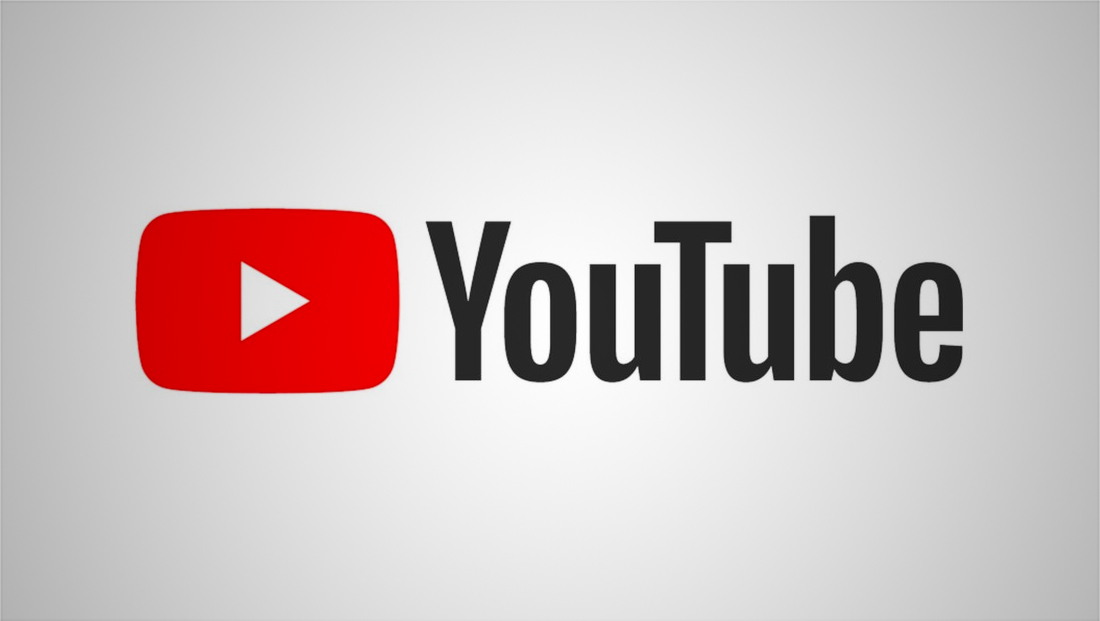YouTube CEO, a veteran of site’s parent company, leaving after nine years in role
By MixDex Article may include affiliate links

YouTube CEO Susan Wojcicki has announced she is stepping down after nine years in the role.
Wojcicki was the 16th employee on Google’s payroll years before it bought the video-sharing site. Stock options and her salary since then have made her worth hundreds of millions of dollars.
During her tenure, the service continued to grow in popularity while after fending off increased competition from services or platforms focusing on short-form video or adding it as an option. These include TikTok, Instagram Reels and Facebook Stories.
YouTube responded with a “Shorts” feature and the company says it sees that as a key growth area as Neal Mohan, the current chief product officer, gets ready to take over after Wojcicki departs.
The company has also stumbled, like other video platforms, in efforts to integrate ecommerce with video, though it has also refined its approach to that market in some areas.
YouTube is a popular platform for both influencers and professional media outlets to post and share video content. It is widely referred to as the “second largest search engine” behind Google’s search service, because of how often its search-related features are used.
The site has, however, like most social media platforms, faced criticism over its hosting of racist, homophobic, transphobic, misleading, violent and other inappropriate content and invests millions of dollars a year in content moderation and similar operations.
Wojcicki said she is leaving to focus on her family, health and personal projects.
YouTube was launched in 2005 and used the then revolutionary Flash Video format. With Flash no longer officially supported, the company has since switched over to more modern video formats.
YouTube makes most of its money through advertising revenue — nearly $30 billion in 2022 and typically accounts for just over 10% of revenue for Google parent Alphabet.
It splits much of the advertising revenue with content partners, the most successful which can generate millions of dollars from the revenue share every year.
Some of these partners include TV stations, who often post select clips from their newscasts as well as web-only content on the platform, typically taking a cut of any ad revenue they can generate. Often these videos are also cross-posted on their own websites or other video sharing platforms, however.
YouTube has also experimented with buying streaming rights to content and live events, including sports and concerts. These are typically offered for free but with advertising.
YouTube also offers a paid premium plan that allows subscribers to skip ads. It’s known as YouTube Premium (formerly YouTube Red). The brand name is also shared with YouTube TV, an OTT linear and on-demand TV provider that is based in the cloud and requires no set-top box or special equipment beyond a computer, tablet or mobile device.
Popular Searches
- TV Industry News
- Broadcast Engineering News
- Broadcast Design News
- TV Talk Shows
- TV Syndication
- TV Advertising
- TV News Jobs
- TV Industry Mergers and Acquisitions
- TV Anchors
- Cable News
- Late Night TV
- TV Syndication News
- Broadcast Industry News
- TV News Drone Journalism
- TV News Augmented Reality
- TV Weather Forecasting
- TV News Journalism
- TV News Ethics
- OTT News
- News About NBC
- News About CBS
- News About ABC
- News About CNN
- News About MSNBC
- News About Fox News

